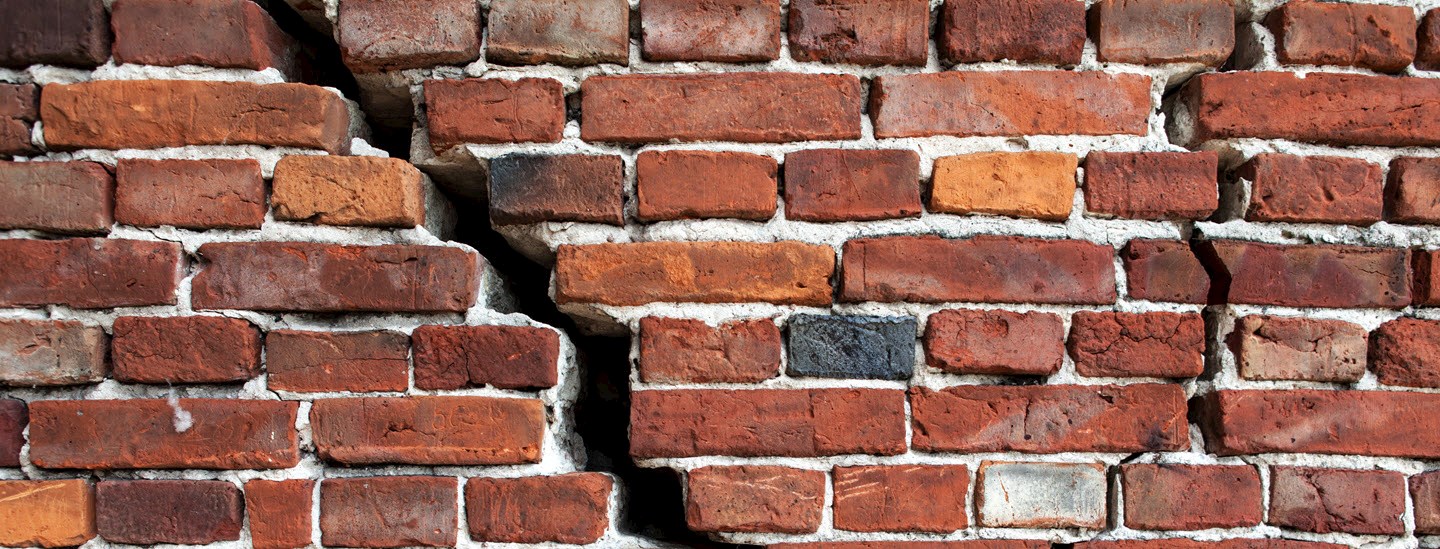Having an emergency plan that you review each year with your household will help you be ready for any natural disaster, including earthquakes. Use this earthquake preparedness guide to understand the risks and minimize the potential for damage.
- Review your policies and coverages
- Know what to do before and during for an earthquake
- File an insurance claim after an earthquake
Review your policies and coverages
Earthquake isn't a standard coverage under a Homeowner's insurance policy; discuss with your Gallagher broker the availability and cost of earthquake coverage.
Know what to do before and during an earthquake
Prepare for an earthquake by taking steps to reduce the risk of property damage and personal injury, and by making all household members understand the emergency plan. The lists that follow highlight key steps to take. To learn more, see the Government of Canada's Earthquakes: What to Do.
Reduce the risk of injury property and damage
In an area with a high risk of an earthquake, considered investing in improvements that make your home more structurally sound. An engineer can make recommendations specifically for your home, which might include updates like these:
- Replacing unreinforced foundations with reinforced concrete
- Adding steel collar braces to chimneys
- Attaching electrical boxes for ceiling lights and fans to ceiling joists
- Using anchor bolts to secure outer walls to the foundation
In addition, take steps to secure items that could fall and injure anyone nearby:
- Attach large bookcases and wall-mounted items such as electronics securely to wall studs.
- Put non-slide pads under large or heavy items that could slide off a shelf.
- Add childproof latches to upper cabinet doors so they don't swing open.
- Move breakables to lower shelves.
- Hang heavy pictures and mirrors away from beds and couches.
- Anchor gas stoves and water heaters to the floor, and strap the water heater to studs or other vertical support.
Have an emergency plan
An emergency plan helps ensure that your household members know what to do and that you're ready to evacuate if necessary.
- Create an emergency kit. Assemble an emergency supply kit to sustain your household members for three days. The Canadian Red Cross has recommendations for what to include in an emergency supply kit.
- Secure important documents. Keep important documents — such as legal papers, birth certificates, marriage licenses, financial records and insurance policy information — in a safety deposit box at a bank or in a safe in your home. Include photocopies of your passport, driver's license and credit cards.
- Have an evacuation plan. In case you must evacuate, plan what to take with you and who will travel in each vehicle. Check local news outlets and provincial websites for updates on evacuation routes.
- Have a communication plan. In case all household members aren't together during an earthquake, have a plan for how to reach each other and other essential people, such as relatives, friends and employers. Don't rely solely on the contacts list in mobile phones — all household members should carry a printed contact list. Designate someone within the household and someone outside the household that all members should contact to let them know they're safe.
- Know what to do when an earthquake starts. At least once a year, practice with household members what to do when an earthquake starts:
- If you're indoors and time allows, move away from windows, exterior walls, fireplaces and heavy hanging objects. If possible, get under a sturdy object like a table or desk and hang onto the object. If you're in bed, turn face down and cover your head with a pillow.
- If outdoors, try to move away from buildings, trees, utility poles — anything that could fall on you. Crouch down or lay on the ground until the shaking stops.
- If in a vehicle, pull off the road, turn off the engine, set the parking brake and duck below the level of the windows. Cover your head and neck with your arms.

